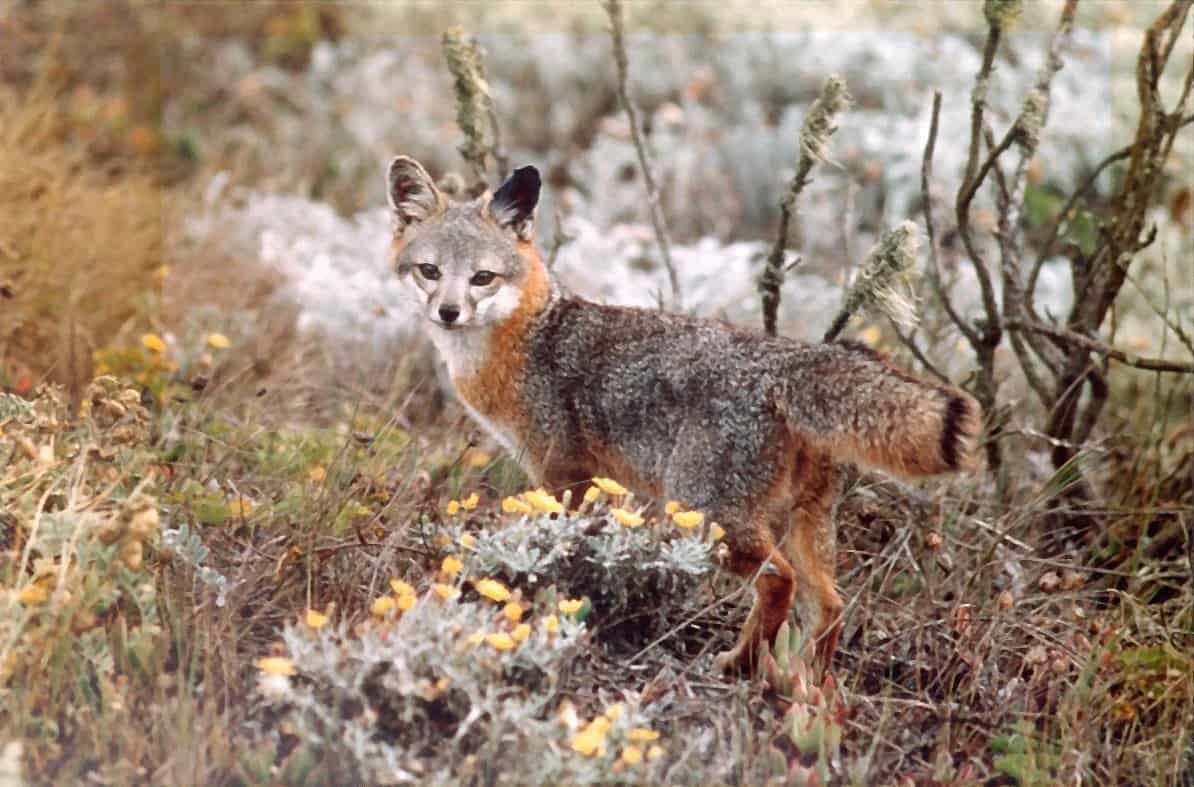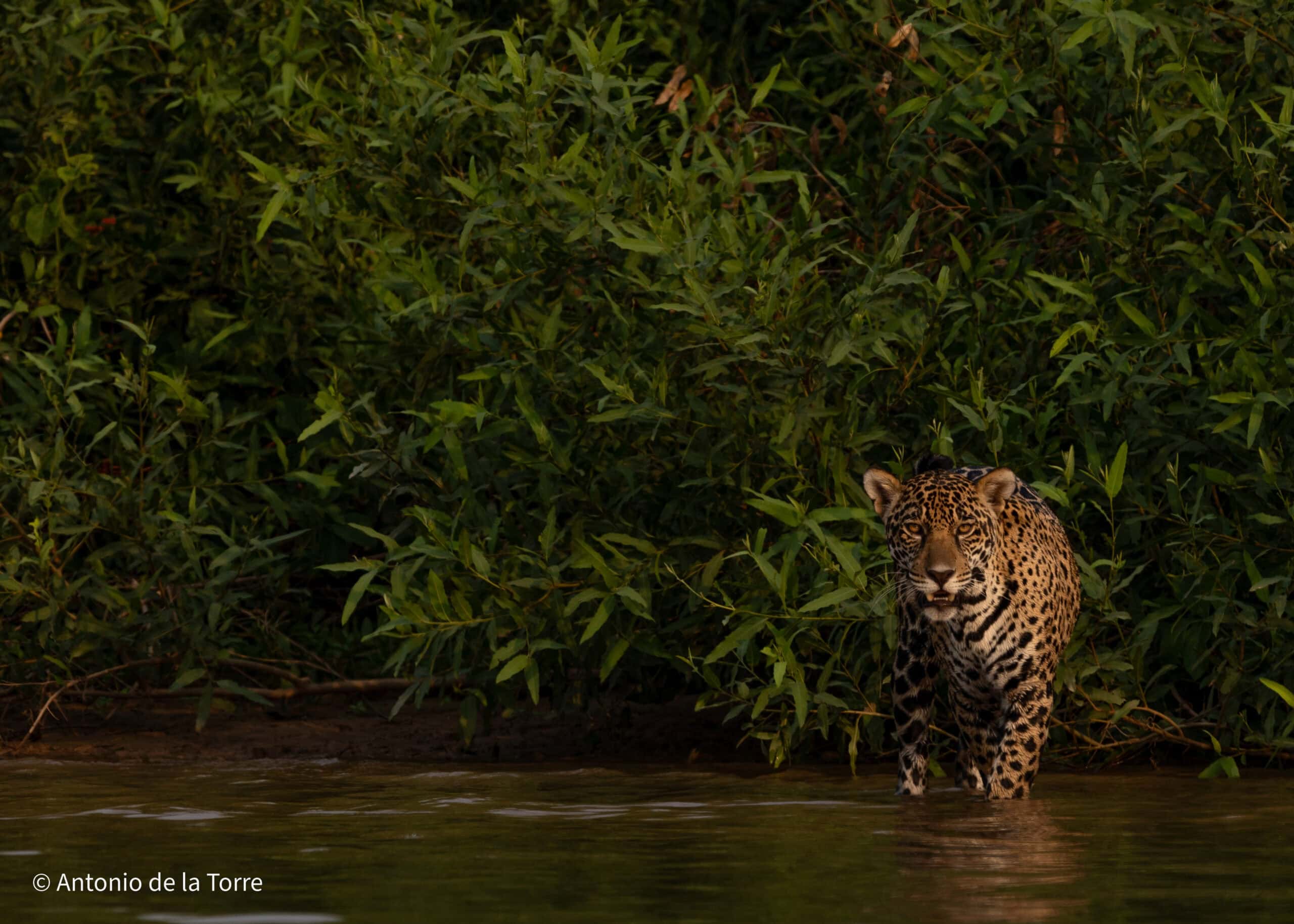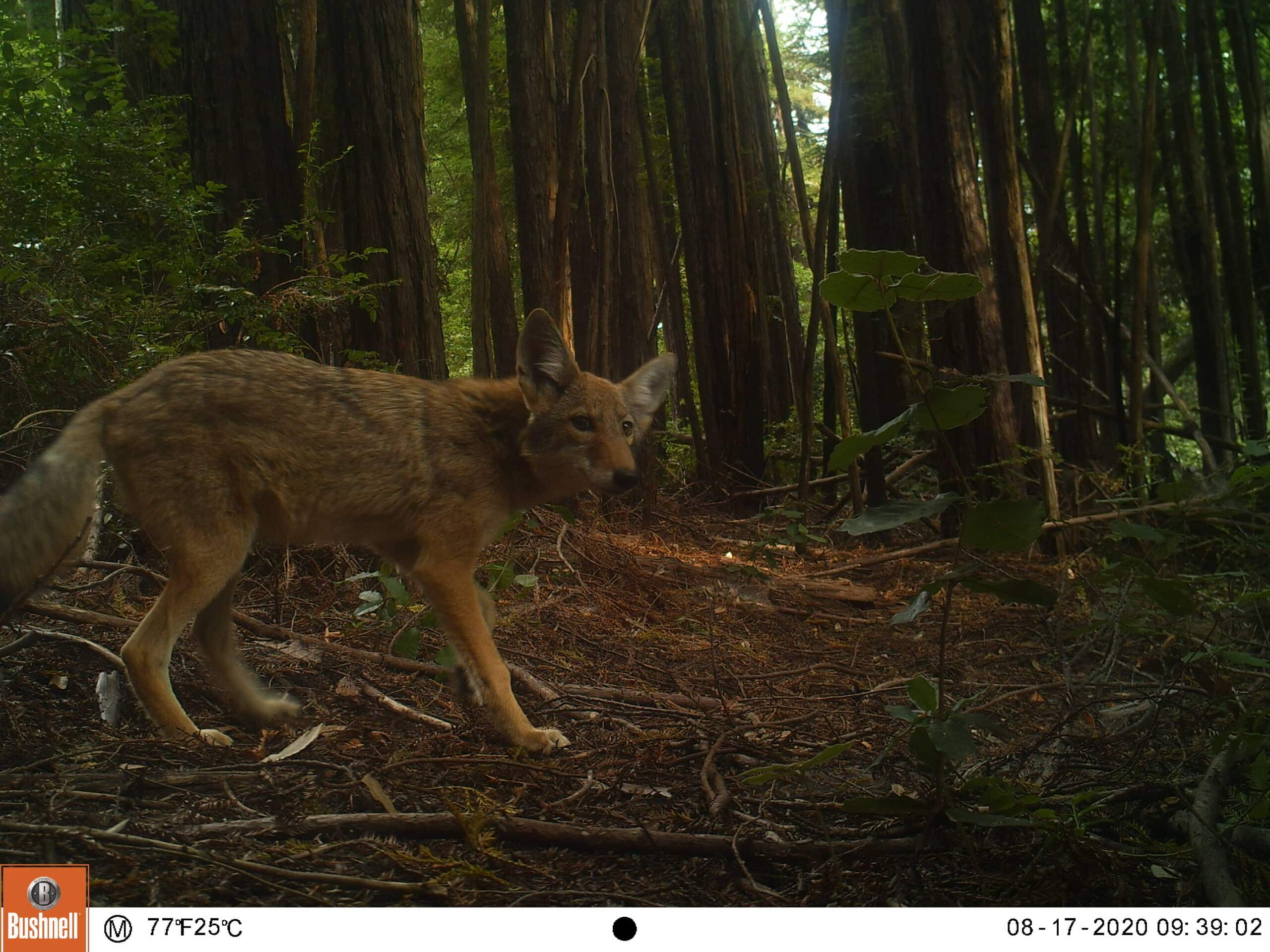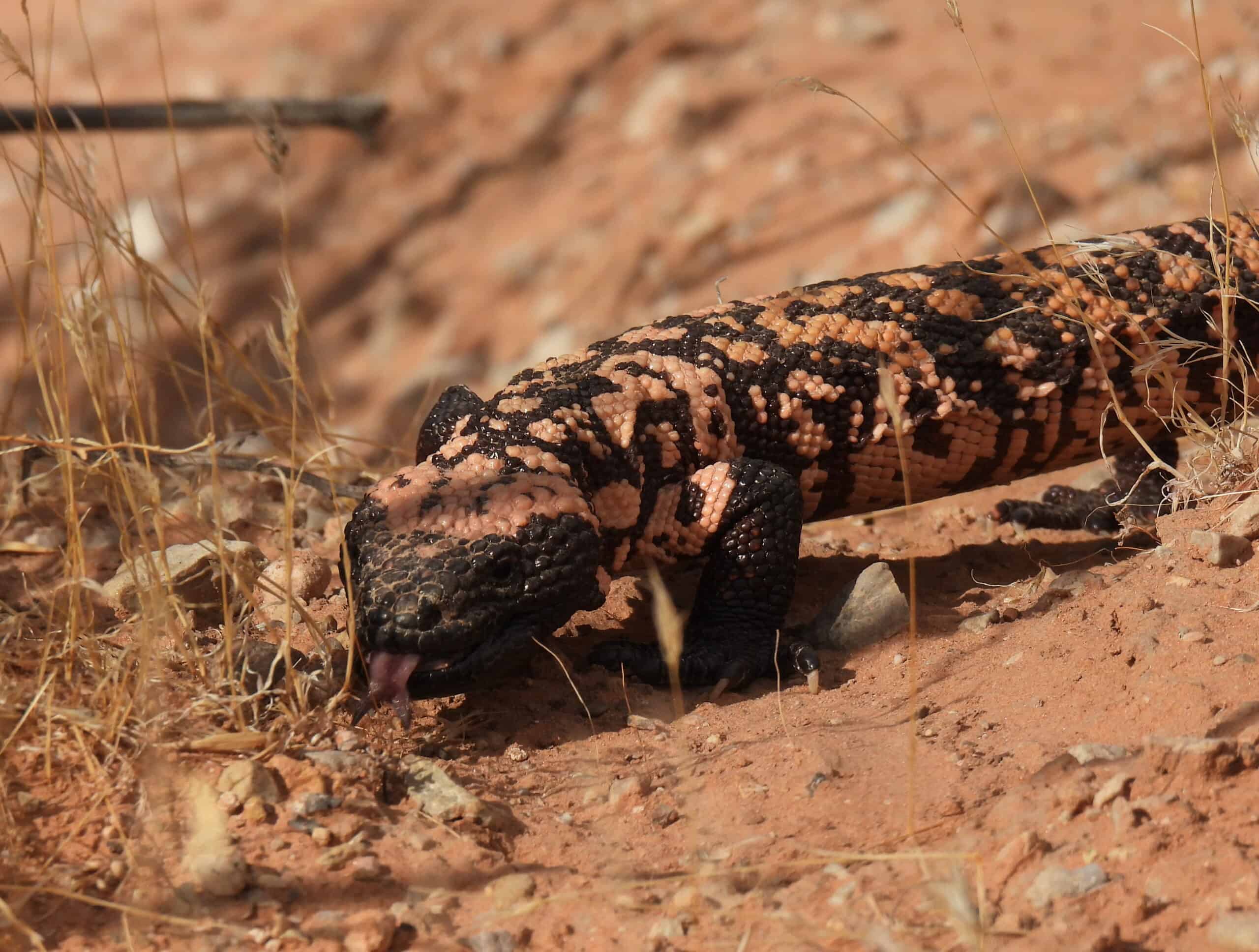Share this article
Wildlife Featured in this article
- Channel Island fox
- Wild pig
- Bald eagle
- Golden eagle
- Raccoon
Lack of genetic diversity may put Channel Island foxes at risk
The foxes have come back from the brink of extinction, but their genetic diversity remains low
The tiny foxes that inhabit the Channel Islands off the coast of Southern California have come back from the brink of extinction, but their lack of genetic diversity continues to put them at risk.
Channel Island foxes historically have had small populations and low genetic diversity, but when they were nearly wiped out in the 1990s, their genetic diversity—particularly on the hardest hit islands—plunged even further.
“Some of the islands haven’t recovered the genetic diversity that they lost,” said Nicole Adams, lead author of the study published in Molecular Ecology.
Channel Island foxes (Urocyon littoralis) nearly went extinct due to a confluence of environmental changes on the islands they occupy. On three northern islands, introduced feral pigs (Sus scrofa) attracted golden eagles (Aquila chrysaetos), which drove off native bald eagles (Haliaeetus leucocephalus) and feasted on the piglets. When the pig population was eradicated, the golden eagles remained, and their diet turned to the diminutive foxes—barely bigger than housecats. When fox numbers plunged, wildlife officials rounded up the remaining individuals and raised them in captivity in hopes of restoring the populations.
Foxes on the southern Catalina Island faced a different plight. Canine distemper—likely introduced by a stowaway racoon (Procyon lotor)—swept across the island, threatening that population, too.
After removing the golden eagles and restoring bald eagles, which are a little too small to prey on foxes, wildlife officials returned captive-raised foxes to the islands. It took “herculean efforts,” Adams said, but the Channel Island foxes rebounded. In 2016, the populations on the three northern islands—Santa Rosa, San Miguel and Santa Cruz—were removed from the endangered species list, and the Catalina Island foxes were downlisted to threatened.
But their brush with extinction took a toll, Adams found, leaving them with extremely low genetic diversity that could make them more susceptible to disease and environmental shifts brought on by climate change. That was especially true on San Miguel and Santa Rosa islands. “Which makes sense,” Adams said. “Those populations were hardest hit. They had the fewest individuals left.”
Using tissues collected from museum samples, Adams—then a PhD student at the University of Southern California—and her team used whole-genome sequencing to trace the genetic history of Channel Island foxes.
They found that over time, each island’s population diverged genetically. That could complicate using translocations to boost their diversity. Each population is considered a subspecies, with individual characteristics that make it unique. While moving foxes between the islands could increase their genetic diversity, Adams said, it could reduce that uniqueness and do away with some of the adaptations the foxes have made to their particular island environments.
“Perhaps they are locally adapted genetically,” she said. “Moving them may not be helpful.”
Unlike some wildlife populations that have experienced significant inbreeding—like Florida panthers (Puma concolor) and wolves (Canis lupus) on Isle Royale in Michigan, the Channel Island foxes don’t show any skeletal effect, Adams said.
“That’s good news,” she said, but biologists aren’t sure what unseen effects the foxes may be experiencing. Continued monitoring will help conservationists see if the foxes’ lack of genetic diversity creates a problem or not.
“Helping answer those questions is still a great path forward,” she said.
Header Image: Channel Island foxes were nearly wiped out in the 1990s, but their populations have rebounded. Credit: National Park Service







